13+ Snake Plant Roots
Here is how to do it. Root just began wrapping around the root ball.
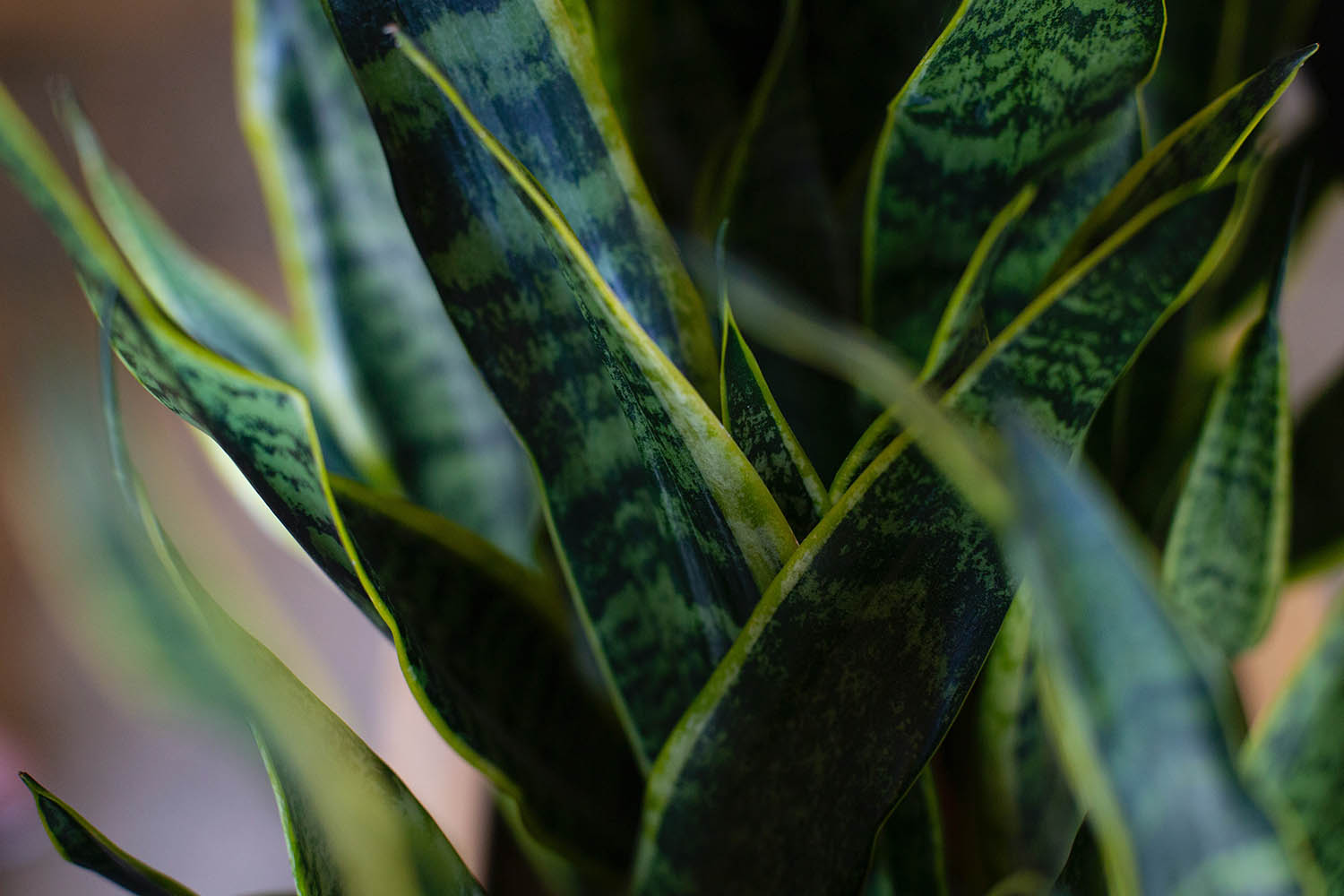
Snake Plant Roots What To Expect From The Roots Of Your Healthy Plant The Healthy Houseplant
Web What Are Snake Plant Roots.
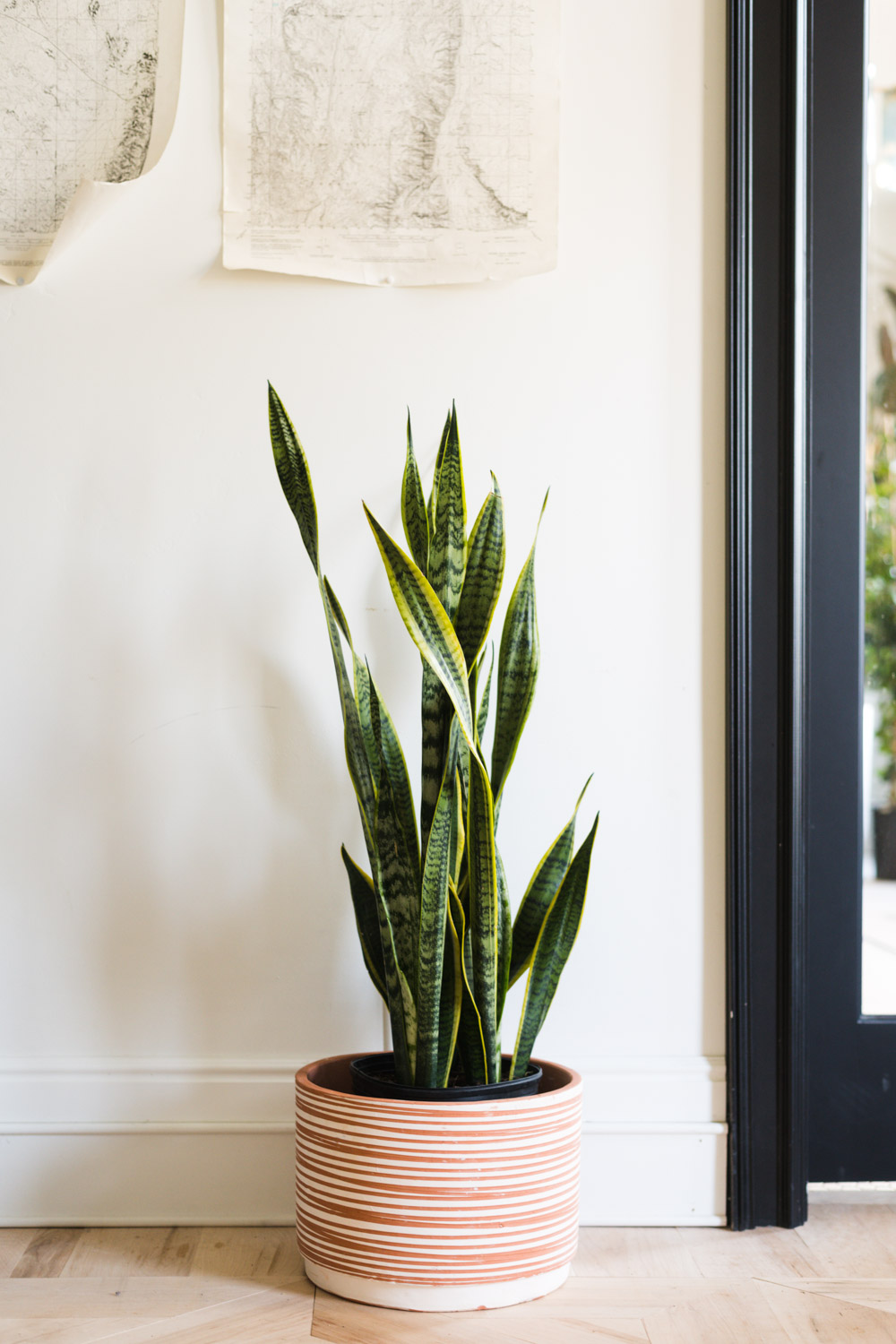
. When healthy they should be firm to the touch and light orange in color. The presence of thick tubers among the smaller stringier roots may also strike some people as unusual. The first step is to unpot the plant and remove all the soil from its roots.
34 feet high Sun Exposure. Snake plant mother-in-laws tongue Plant Type. Web The snake plant commonly referred to as mother-in-laws tongue is a resilient succulent that can grow anywhere between 6 inches to several feet.
Its not a symptom of ill health so dont be alarmed. 3 Snake plant Roots rot. Generally Spider Plants boast rhizomes and twig-like feeder roots that retain moisture but are prone to root rot decay shock or sometimes orange root due to inappropriate watering and potting soil issues.
Web Drench the Roots. Begin by removing the entire snake plant roots and all from its pot. Neem oil or a commercial fungicide with copper as an ingredient will work or cinnamon powder which is a natural fungicide is also effective.
Its normal for this color to exist. When repotting only increase the size of the container by an inch to two inches. For that reason the only treatment is to root prune diseased plants then repot with fresh potting soil.
2 Snake plant without root. In fact too much water will kill a snake plant by causing root rot. 1 Snake plant roots problems.
It has to be strong and firm too. Water sitting in the bottom of your snake plants pot limiting oxygen access to roots and causing the tissue to decay. Snake plant root rot is irreversible.
Drench the remaining roots in a solution of one part 3 hydrogen peroxide and three parts water. Web A Snake Plants root system is a mix of thick underground stems called rhizomes and smaller twig-like roots. Unresolved root problems are guaranteed to lead to the death of your plant as the roots are essential to keeping your plant alive.
Web One way to propagate snake plants is by rhizome. However if the leaves are stunted or there are no new growths it is a sign of a stressed snake plant. The division method is ideal when you have a large mature plant with many stems that youd like to split up whereas the stem-cutting methods can be used for plants of all sizes.
Web Snake plant Sansevieria or Dracaena trifasciata is a popular houseplant because it tolerates low light and dry air. Web The roots on your snake plant will likely be vivid orange unlike the majority of houseplant roots which are typically white or khaki in hue. Division involves breaking the plant into sections and is the best way to propagate snake plants that have grown very big.
If youre in the process of repotting your snake plant and notice the roots are brown and mushy dont look over the issue. Sansevieria trifasciata Common Name. This plants toughness makes it a top choice for offices and homes alike.
They are also easy to root and share. Then put your Snake Plant in a. Web Root rot is a common houseplant disease that is typically caused by a fungal infection or prolonged exposure to a wet environment eg.
Use a sharp knife or pruner to cut the tightly tangled root ball apart. Succulent evergreen perennial Mature Size. The rhizomes spread just above or below ground and sprout new plants.
The roots themselves are thick and fleshy and can range in color from white to pale yellow preferably light orange as this is a sign of good health. Web Snake plants have solid roots and without the right drainage the plant develops root rot. Web Check for physiological clues to see if your snake plant is root-bound.
These plants prefer to send new rhizomes outward rather than extending down into the pot. Web There are three main ways to propagate snake plants. At least for the roots already damaged.
Active growth indicates that your plant is alive and well. They vary in color but many have green-banded or striped leaves with a yellow or cream border. Indirect sunlight Soil Type.
4 Propagate snake plant from roots. Furthermore you could spot healthy root systems in natural white and tan colors too. Therefore youll need to ensure that your container has adequate holes for draining.
I have never had a rhizome grow above the soil in my potted snake plants. In addition to providing a bit of ambiance. The Sansevieria trifasciata aka snake plant doesnt have a typical root system.
Take your Snake Plant out of the soil and look for any roots that are squishy slimy discolored or giving off a foul odor and cut them off with a set of disinfected scissors. Toxic to pets Oscar Wong Getty Images Plant Care. Add a layer of gravel to the bottom of the pot to enhance drainage and use perlite in the soil.
Web 1 1 Snake Plants are the least complicated succulent to grow at home but may quickly falter when their roots are compromised. Additionally these plants are succulents which means they dont have stems above the soil line. Roots started forming mats around the root ball.
The underground structures of these plants arent called roots but rhizomes. Being root bound can cause the roots to form a hard compacted ball stressing your snake plant. Web Botanical Name.
Next Medic Grow recommends washing the roots under a gentle stream of tap water to remove potentially toxic soil just be careful not to damage the sensitive roots. Web Roots are brown and mushy. Rhizomes are the whiteish root-like stem structures that connect the mother plant to its new babies.
Web Snake plant is one of those near-indestructible hard-to-kill house plants that will survive in low light and with infrequent waterings. Web Dracaena trifasciata commonly known as snake plant is a popular and hardy houseplant with stiff sword-like leaves from six inches to 12 feet tall in its native habitat but usually reaches two feet tall when grown indoors. Web Root rot is a severe and easily fatal houseplant ailment unless you catch and treat it quickly.
By division and with stem cuttings in water or in soil. Web When your snake plant roots are healthy it will help the plant to thrive well. Web Root rot cant be cured but it can be removed.
Snake Plant roots often dont grow more than a few inches deep. This will kill the fungus and bring oxygen to the roots. Divide a snake plant.
Web How to treat snake plant root rot. Web The root system of snake plants Sansevieria trifasciata is fairly shallow with most of the plants roots located near the surface of the soil. Free-draining soil cactus or succulent mix Soil pH.
Web If the root of your snake plant is all tangled up densely and takes the shape of the pot leaving behind little to no soil in the pot then your snake plant is indeed root-bound.
My Snake Plants Roots Are Super Orange Is This Normal Or Is It Root Rot R Plantclinic
:strip_icc()/GettyImages-1256320094-205323ed34bf492a85651e062a7c6459.jpg)
How To Grow Snake Plant Mother In Law S Tongue

Do Snake Plants Like To Be Root Bound The Ultimate Care

Snake Plant Root Rot How To Save Rotting Snake Plants
:strip_icc():format(webp)/GettyImages-1249222122-6eddc5ef854a4dd48181ea6d299b76f0.jpg)
How To Grow Snake Plant Mother In Law S Tongue

Snake Plant Roots

The Complete Guide To Caring For Your House Plants Snake Plant Edition Vintage Revivals

Caring For Sansevieria A K A Snake Plant Dengarden

How I Saved My Snake Plant From Root Rot Repotting Sansevieria Mother In Law S Tongue Plant Youtube
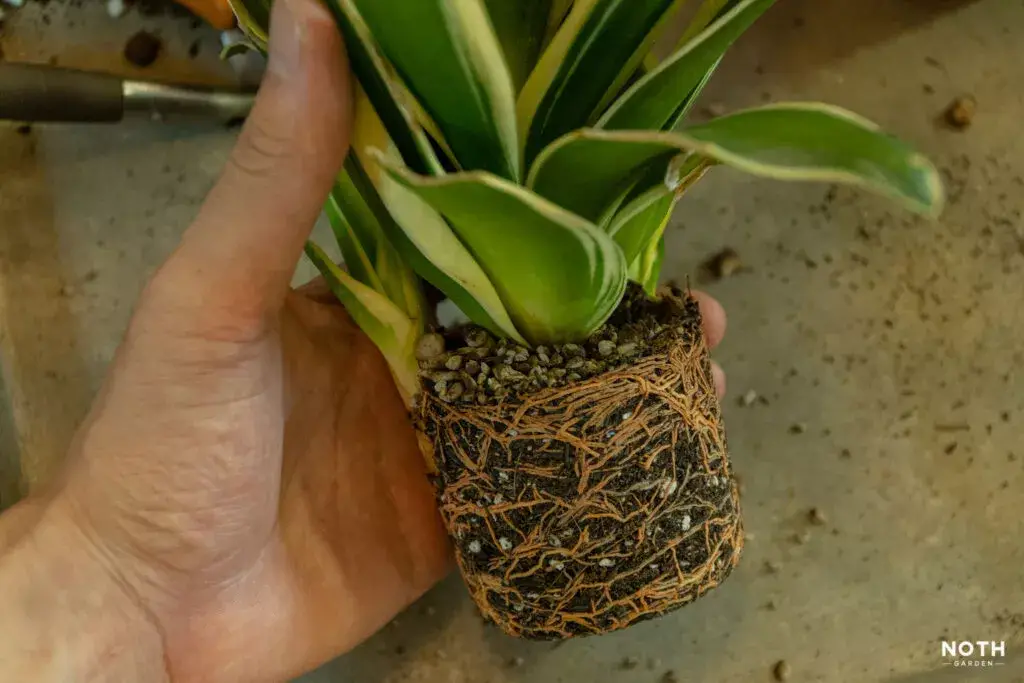
Snake Plant Roots
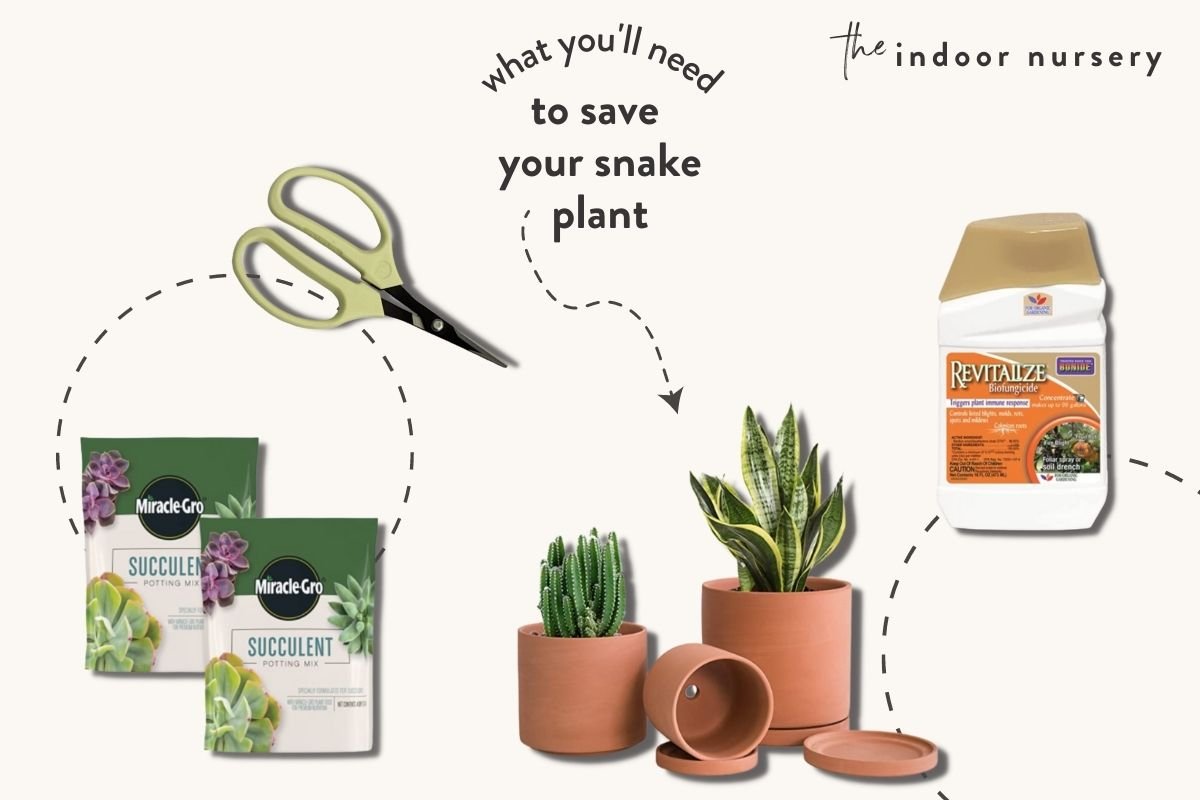
Snake Plant Root Rot And How To Save It
Do Snake Plants Like To Be Root Bound The Ultimate Care
:max_bytes(150000):strip_icc()/GettyImages-1271960631-2000-45820e612768439cb51bbd4408d37caf.jpg)
How To Root Snake Plant Cuttings Fast
Do Snake Plants Like To Be Root Bound The Ultimate Care

Why Your Snake Plant Has No Roots Indoor Plants For Beginners

Repotting Snake Plant Steps On How To Repot Snake Plants Urbanorganicyield Com
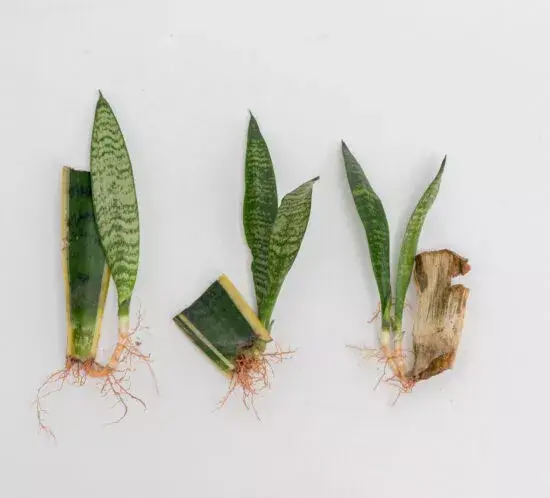
Snake Plant Roots